Key Takeaways:
- Padel balls typically last between 2 and 4 matches, depending on various factors such as playing conditions and ball quality.
- Proper storage and handling can significantly extend the lifespan of padel balls.
- Understanding the signs of wear and tear can help players decide when to replace their balls for optimal performance.
Introduction
Padel, a sport gaining popularity worldwide, shares similarities with tennis but has its unique characteristics. One of the most common questions among padel players is, "How long do padel balls last?" This article delves into the lifespan of padel balls, the factors that influence their durability, and tips for maintaining their quality.
Factors Influencing the Lifespan of Padel Balls
Playing Conditions
The conditions under which you play padel significantly impact the lifespan of the balls. Playing on outdoor courts exposes the balls to weather conditions such as humidity, rain, and extreme temperatures, which can accelerate wear and tear. Indoor courts, on the other hand, provide a more controlled environment, potentially extending the life of the balls.
Ball Quality
Not all padel balls are created equal. Different brands and models of padel balls offer varying levels of durability. High-quality balls, such as the Head Padel Pro, are designed to withstand more matches and provide consistent bounces. Investing in premium balls can make a big difference in how long they last.
Signs That Padel Balls Need Replacement
Loss of Pressure
One of the most noticeable signs that padel balls need replacement is a loss of pressure. As time passes, the internal pressure of the balls decreases, leading to a lower bounce. This can affect the playing experience and the overall quality of the game. Players should regularly check the ball’s pressure to ensure it meets the correct standards, as maintaining the optimal ball's pressure is crucial for the best performance.
Wear and Tear
The felt on padel balls can wear out over time, especially if used on rough surfaces. When the felt becomes thin or starts to peel off, the ball’s behavior changes, affecting its speed and the ball's bounce. Observing the condition of the feet can help players decide when it’s time to switch to new balls.
How to Extend the Lifespan of Padel Balls
Proper Storage
Storing padel balls in a dry place away from direct sunlight and extreme temperatures can help maintain their quality. A padel bag with proper cushioning can protect the balls from physical damage. Avoid playing with balls that have been exposed to harsh weather conditions, as this can accelerate their deterioration.
Using a Ball Pressurizer
A ball pressurizer can help maintain the internal pressure of padel balls, extending their lifespan. By storing the balls in a pressurizer, players can ensure consistent bounces and better performance over time. This tool is especially useful for those who play frequently and want to get the most out of their balls.
Comparing Padel Balls to Tennis Balls
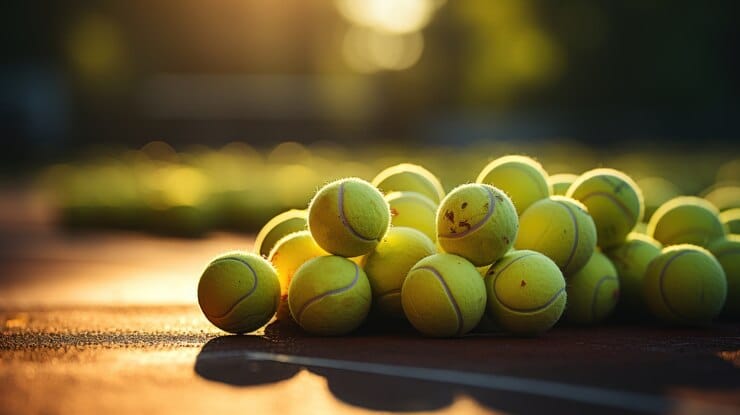
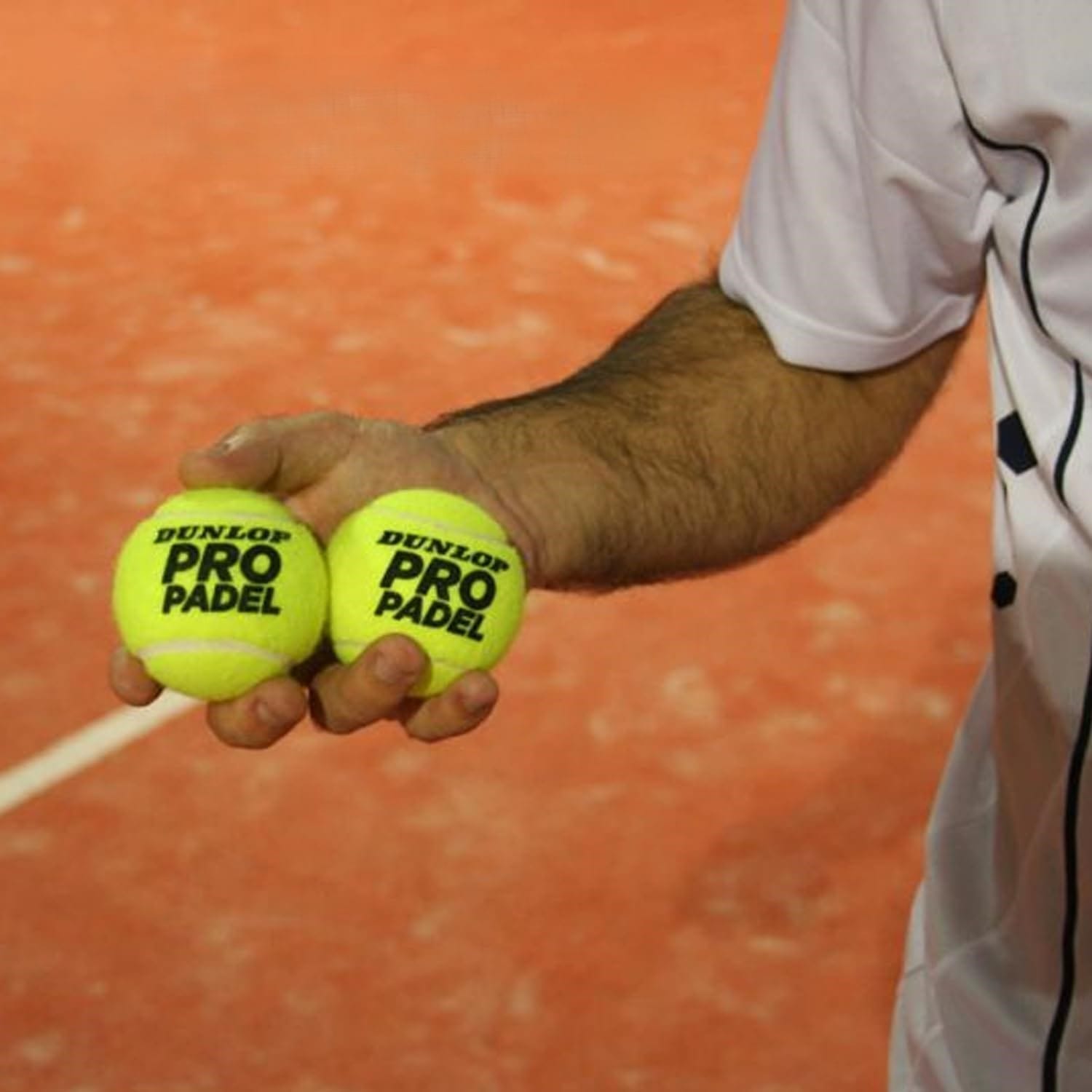
Differences in Design
While both tennis and padel balls are similar in appearance, they have distinct differences. Padel ball is slightly smaller and has a lower bounce compared to a tennis ball. This design caters to the unique playing style of the padel, which involves more control and precision.
Durability
Tennis balls are generally more durable than padel balls due to their construction and the nature of the game. However, the best padel balls are designed to offer a balance between durability and performance. Understanding these differences can help players choose the right balls for their needs.
The Role of Atmospheric Pressure
Impact on Ball Performance
Atmospheric pressure can influence the performance of padel balls. Playing at higher altitudes, where the air pressure is lower, can cause the balls to bounce higher. Conversely, at sea level, the balls may have a lower bounce. Players should consider these factors when playing in different locations to ensure a consistent playing experience.
Adjusting to Conditions
Padel players can adjust their playing style based on the atmospheric pressure. For instance, using new padel balls with the correct pressure can help maintain consistent bounces in varying conditions. Being aware of these factors can enhance the overall playing experience.
The Importance of Ball Pressure
Maintaining Correct Pressure
Maintaining the correct pressure in padel balls is crucial for optimal performance. Balls with the right pressure provide consistent bounces and better control. Players should regularly check how much pressure the balls have and use a ball pressurizer if necessary.
Effects of Pressure Loss
Pressure loss can significantly impact the game. Balls that lose pressure tend to have a lower bounce and can affect the speed and control of the game. Regularly replacing old balls with new ones can help maintain the quality of play.
Choosing the Right Padel Balls
Personal Preference
Different players have different preferences when it comes to padel balls. Some may prefer balls with a higher bounce, while others may opt for those with more control. Trying out different brands and models can help players find the balls that best suit their playing style.
Recommendations
The International Padel Federation and the Spanish Padel Federation often recommend specific brands and models for official matches. Following these recommendations can ensure players use high-quality balls that meet the standards of professional play.
The Role of Rubber in Padel Balls
Rubber is a crucial component in the construction of padel balls, significantly affecting their performance. The quality and type of rubber used can determine the ball's bounce and durability. High-quality rubber ensures that the ball maintains its pressure and bounce over multiple games, providing a consistent playing experience. Conversely, inferior rubber can lead to a quicker loss of pressure and a decrease in the ball's bounce, necessitating more frequent replacements.
In the context of a padel match, the rubber's resilience is tested continuously. As the ball's pressure decreases, its behavior on the padel court changes, impacting the game's dynamics. Players often notice that old padel balls with worn-out rubber do not perform as well as new ones. This is why professional tournaments like the World Padel Tour always use new cans of balls to ensure optimal performance. Understanding the role of rubber helps players make informed decisions about when to replace their balls to maintain a high level of play.
The Influence of Playing Experience on Ball Selection
Playing experience significantly influences the choice of padel balls. Beginners might not notice subtle differences in a ball's pressure or bounce, often opting for more durable options that can withstand frequent play. Advanced players, however, are more attuned to the ball's behavior and prefer balls that offer consistent performance, even if they need to be replaced more often. This preference is evident in padel schools, where different balls are used to match the skill levels of students.
Experienced players also understand how various factors influence the ball's performance, such as the type of padel court and weather conditions. For instance, they know that a ball's bounce can be affected by humidity and temperature, and they adjust their choices accordingly. During a first match on a new court, seasoned players might test several balls to find the one that offers the best performance. This nuanced understanding of ball selection underscores the importance of experience in optimizing gameplay.
The Role of Padel Clubs and Schools
Providing Quality Balls
Padel clubs and schools play a crucial role in providing quality balls for their members. By offering high-quality balls and regularly replacing old ones, they can ensure a better playing experience for everyone. This practice also helps in maintaining the standards of the game.
Educating Players
Educating players about the importance of using the right balls and maintaining them properly can go a long way. Padel clubs and schools can organize workshops and training sessions to teach players about ball maintenance and the factors that influence their lifespan.
The Influence of Different Brands
Popular Brands
Brands like Head, Wilson, and Dunlop are popular among Padel players for their high-quality balls. These brands offer a range of options catering to different playing styles and preferences. Choosing balls from reputable brands can ensure better performance and durability.
Comparing Models
Different models within the same brand can offer varying levels of performance. For instance, the Head Padel Pro is known for its durability and consistent bounces, making it a favorite among professional players. Comparing different models can help players find the best padel balls for their needs.
The Role of Felt in Ball Performance
Cushioning Effect
The felt on padel balls provides a cushioning effect, which influences the ball's speed and control. High-quality felt can enhance the playing experience by offering better grip and consistent bounces. Players should look for balls with durable felt to ensure long-lasting performance.
Wear and Tear
As the felt wears out, the ball's behavior changes. Worn-out feet can lead to unpredictable bounces and reduced control. Regularly inspecting the condition of the feet can help players decide when to replace their balls for optimal performance.
The Impact of Internal Pressure
Consistent Bounces
Internal pressure plays a crucial role in providing consistent bounces. Balls with the right pressure offer better control and a more enjoyable playing experience. Players should regularly check the pressure of their balls and use a ball pressurizer if needed.
Pressure Loss Over Time
Over time, padel balls lose pressure, leading to a decrease in performance. Regularly replacing old balls with new ones can help maintain the quality of play. Understanding the impact of pressure loss can help players make informed decisions about when to replace their balls.
The Role of Padel Matches and Training
Match Balls vs. Training Balls
Match balls are designed for official games and offer higher performance levels, while training balls are more durable and suitable for practice sessions. Using the right type of ball for different purposes can help players get the most out of their playing experience.
Frequency of Replacement
The frequency of replacing padel balls depends on how often they are used. Balls used in matches may need to be replaced more frequently than those used for training. Keeping track of the usage can help players decide when to switch to new balls. Some players use the same balls for a long time while others replace them frequently.
The Influence of Playing Experience
Beginner vs. Advanced Players
Beginner players may not notice the subtle differences in ball performance as much as advanced players. However, using high-quality balls can still enhance their playing experience. Advanced players, on the other hand, may prefer balls that offer better control and consistent bounces.
Personal Preference
Personal preference plays a significant role in choosing padel balls. Some players may prefer balls with a higher bounce, while others may opt for those with more control. Trying out different brands and models can help players find the balls that best suit their playing style.
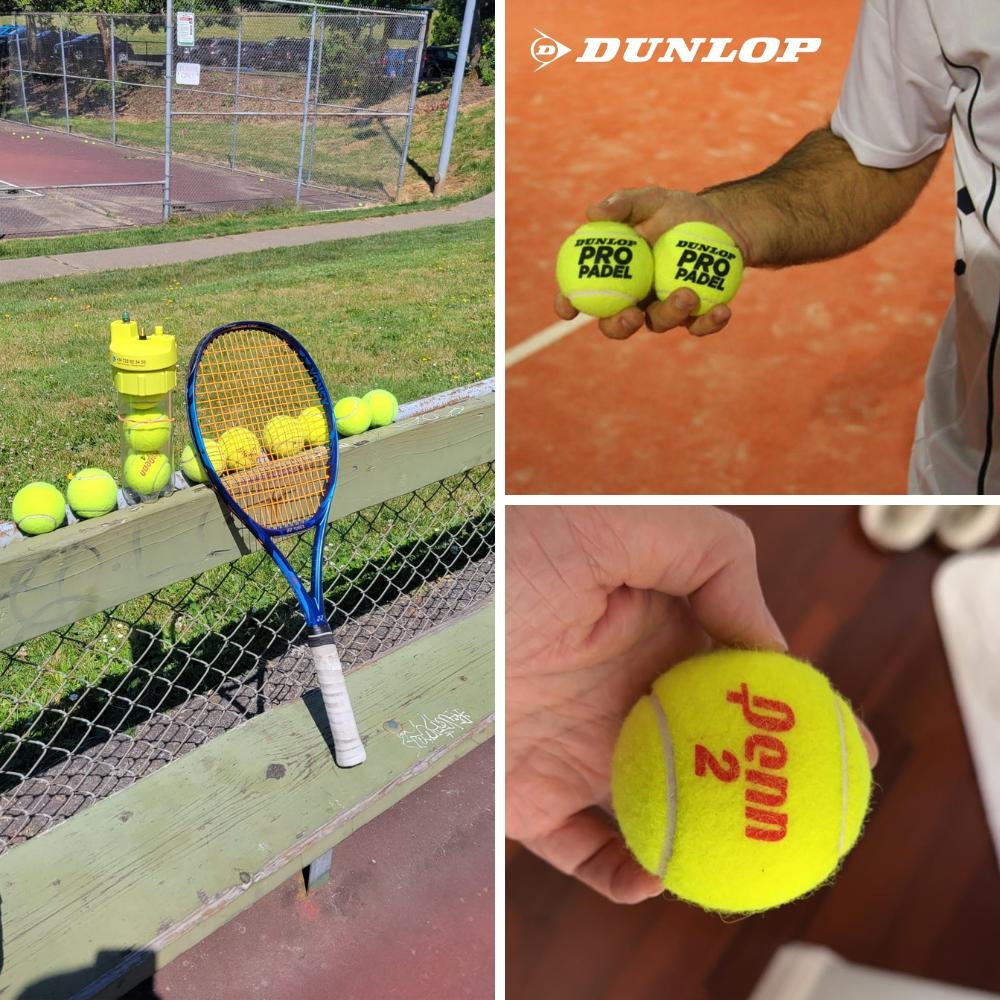
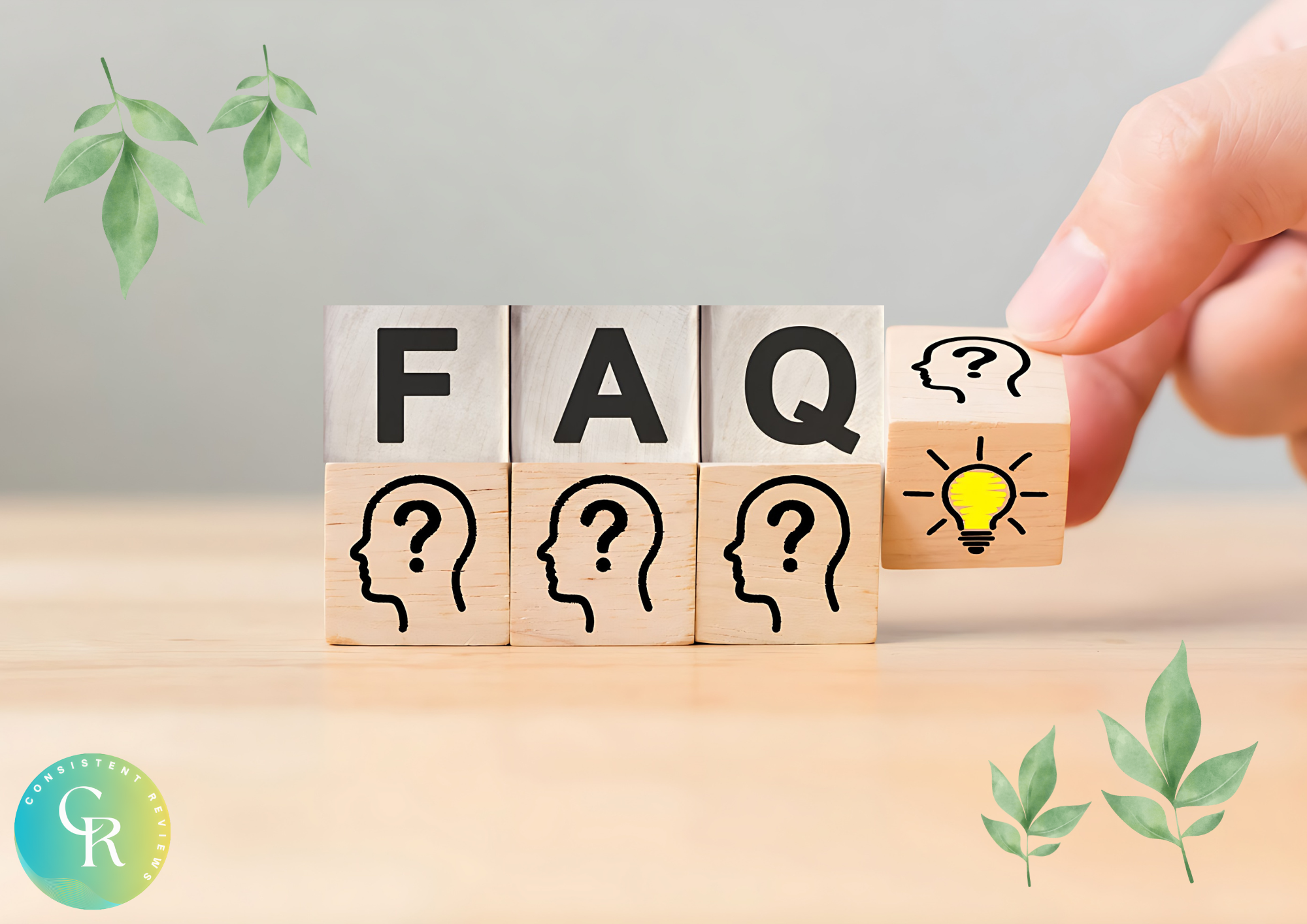
How often should I replace my padel balls?
The frequency of replacing padel balls depends on how often you play and the conditions in which you play. Generally, padel balls last between 2 to 4 matches. Regularly checking the pressure and condition of the feet can help you decide when to replace them.
Can I use tennis balls for playing padel?
While tennis balls and padel balls are similar, they are not interchangeable. Padel balls are slightly smaller and have a lower bounce, designed specifically for the game of padel. Using tennis balls can affect the playing experience and is not recommended.
How can I maintain the pressure of my padel balls?
Using a ball pressurizer can help maintain the internal pressure of padel balls. Storing the balls in a dry place away from direct sunlight and extreme temperatures can also help preserve their pressure and extend their lifespan. Regularly checking the pressure and using new balls when needed can ensure optimal performance.
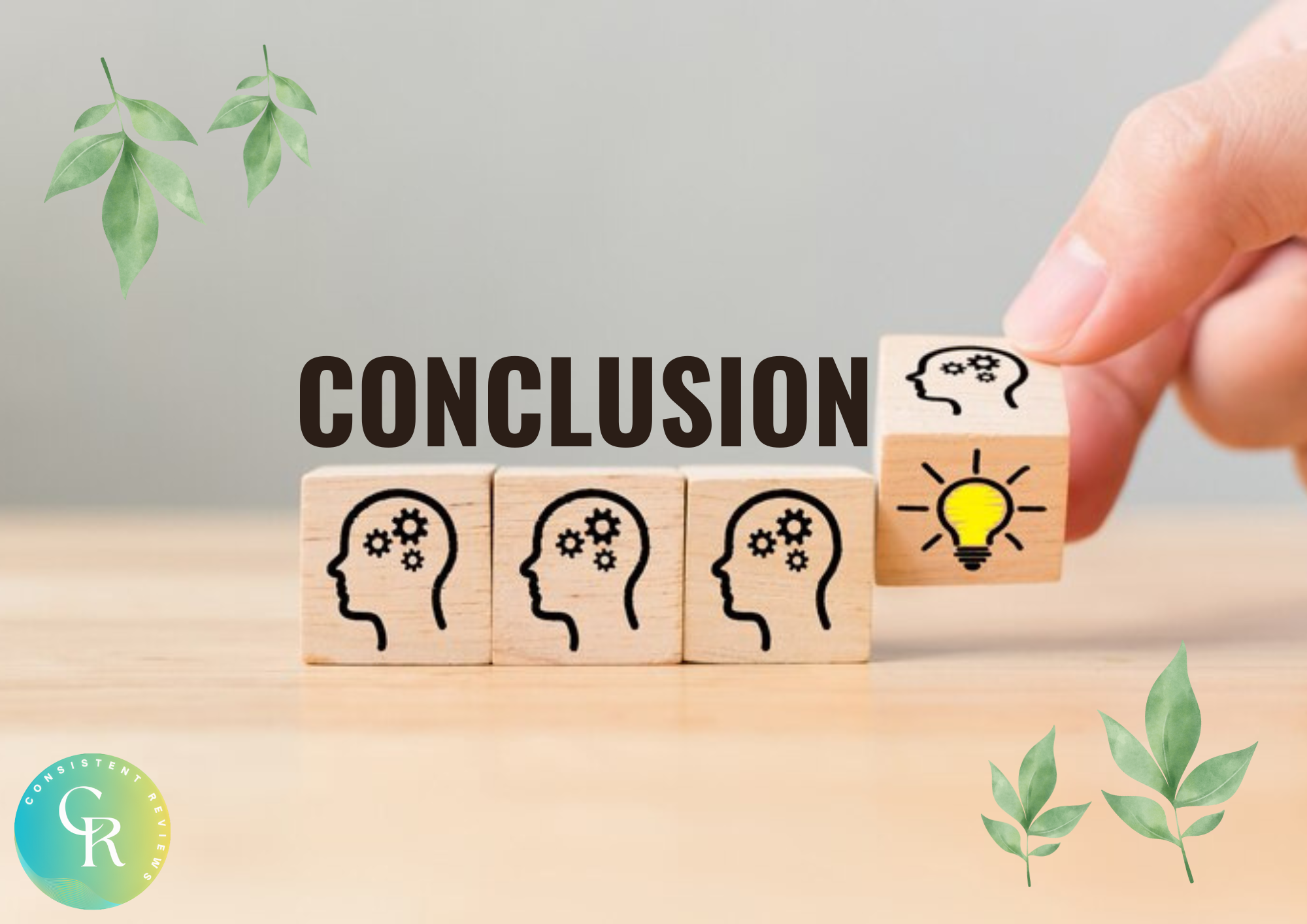
Understanding how long padel balls last and the factors that influence their lifespan can help players make informed decisions about when to replace them. Proper storage, regular pressure checks, and using high-quality balls can significantly enhance the playing experience. By paying attention to these details, players can ensure they always have the best padel balls for their games.









